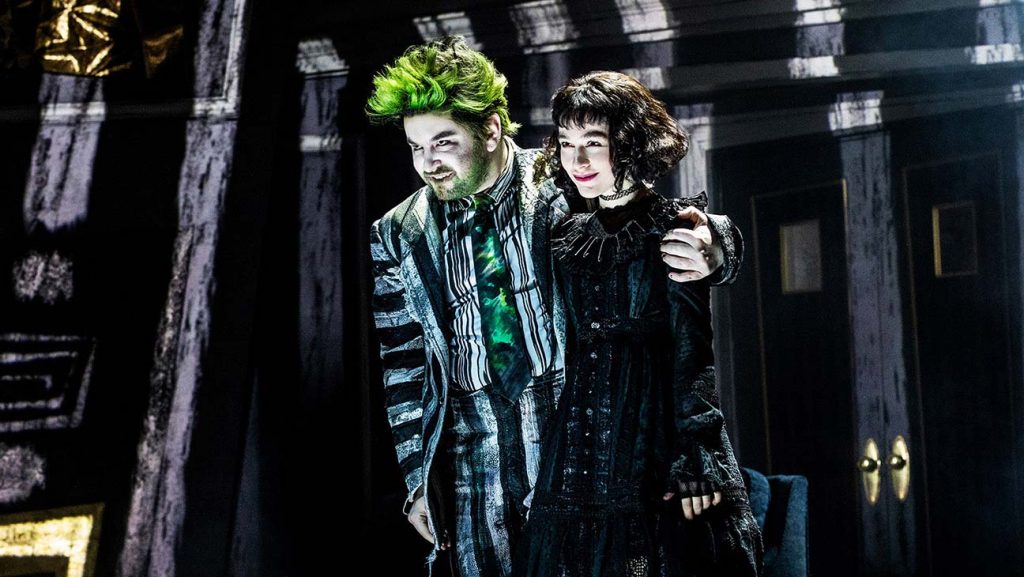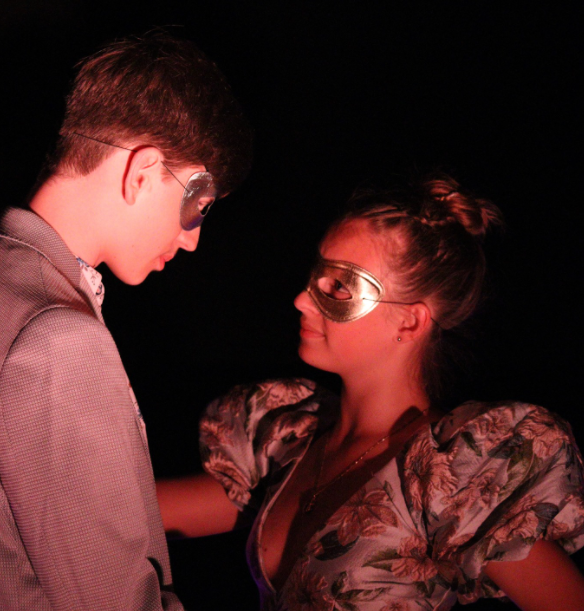
From Storybook to Stage: The Art of Adapting Children’s Literature for Theatre
As a playwright, you may find yourself drawn to the idea of adapting a beloved children’s book for the stage. After all, these stories often have rich characters, compelling plots, and a built-in audience. However, adapting a book for the theatre is not as simple as copying the text onto a script. It requires a delicate balance of honouring the original work while making it work in a different medium. In this article, we’ll explore the art of adapting children’s literature for theatre and offer tips for playwrights looking to tackle this challenging task.
Finding the Heart of the Story
The first step in adapting a children’s book for the stage is to identify the heart of the story. What is the central conflict? Who are the main characters? What themes does the book explore? These are all questions that will help you understand what makes the story special and how to translate it to the stage.
For example, look at the stage adaptation of Roald Dahl’s Matilda. The play captures the themes of the book – the power of imagination, the importance of education, and the strength of young people – while also adding its own unique twist. By focusing on the character of Matilda and her journey to overcome the obstacles in her life, the play captures the heart of the story and brings it to life on stage.
Translating Text to Action
Once you’ve identified the heart of the story, it’s time to translate the text to action. This means taking the words on the page and figuring out how they will be brought to life on stage. This can involve reimagining scenes, cutting unnecessary characters or plotlines, and adding new dialogue or songs.
A great example of this is the stage adaptation of Maurice Sendak’s Where the Wild Things Are. The book is a short, simple story about a young boy named Max who escapes to a world of wild things. The play expands on this concept by adding new characters, songs, and dance numbers. By taking the basic premise of the book and expanding it in creative ways, the play captures the spirit of the original while also creating something new and exciting.
Balancing Fidelity and Creativity
One of the biggest challenges in adapting children’s literature for theatre is balancing fidelity to the original work with the need for creativity. On the one hand, you want to honour the author’s vision and the expectations of the audience. On the other hand, you want to bring your own unique perspective and creative ideas to the table.
One example of this balance in action is the stage adaptation of J.M. Barrie’s Peter Pan. The play faithfully recreates the characters and story of the original, but also adds new elements such as songs and dance numbers. By striking this balance between fidelity and creativity, the play captures the magic of the original while also creating something new and exciting.
Collaboration is Key
Adapting a children’s book for the stage is not a task that can be done in isolation. It requires collaboration between the playwright, the director, the designers, and the actors. Each person brings their own perspective and expertise to the project, and it’s important to work together to create a cohesive vision.
For example, look at the stage adaptation of Lewis Carroll’s Alice in Wonderland. The play relies heavily on the creativity of the designers and the actors to bring the fantastical world of the book to life. By working together to create a unified vision, the production captures the imagination and magic of the original.
Final Thoughts
Adapting a children’s book for the stage is a challenging but rewarding task. By identifying the heart of the story, translating text to action, balancing fidelity and creativity, and collaborating with others, you can create a play that captures the essence of the original work while also offering something new and exciting. Whether you’re adapting a classic like The Lion, the Witch, and the Wardrobe or contemporary favourites like The Pout-Pout Fish, the key is to approach the project with a sense of curiosity and respect for the original work.
Remember, the goal of adapting children’s literature for theatre is not to create a carbon copy of the book. Rather, it’s to capture the spirit of the story and bring it to life in a new way. With a bit of creativity, collaboration, and hard work, you can create a play that will delight audiences of all ages and bring the magic of these beloved books to the stage.






